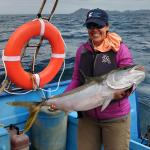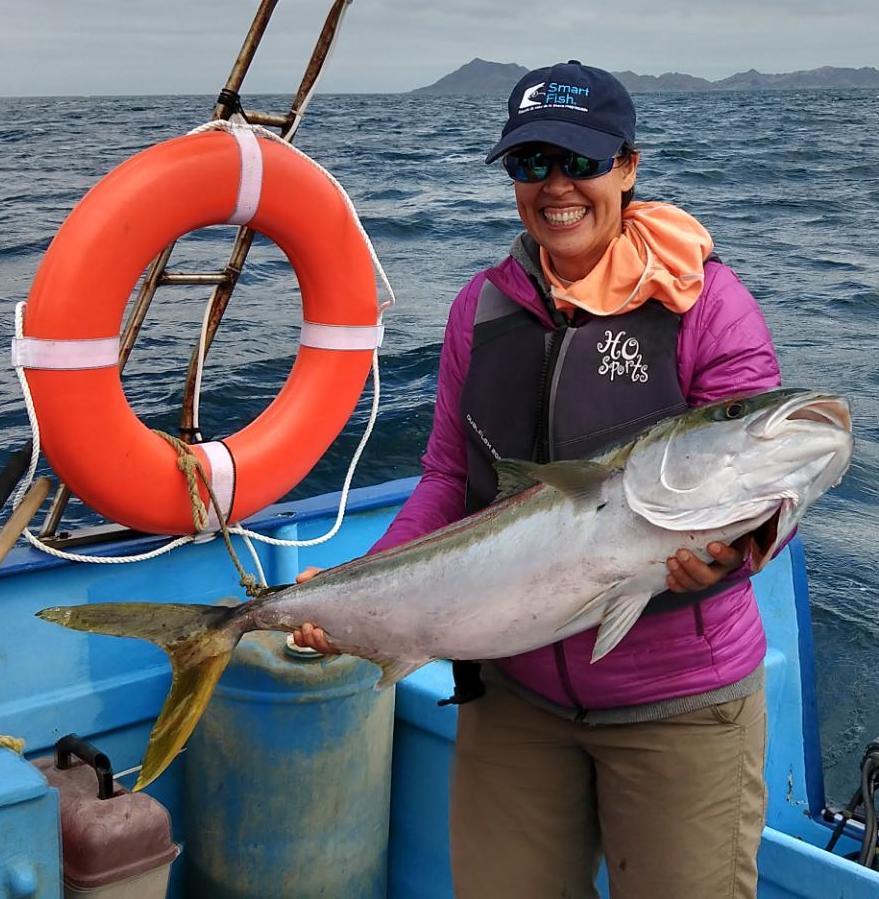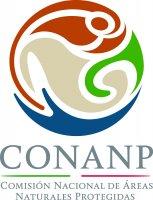
Le Gulf of California Marine Endowment - un partenariat public-privé pour financer durablement les zones marines protégées
Les progrès réalisés par le Mexique pour atteindre les objectifs d'Aichi comprennent l'expansion du système de zones protégées. Malheureusement, le budget de la Commission nationale des zones protégées (CONANP) ne suit pas, ce qui se traduit par un sous-financement chronique des zones protégées. Un financement supplémentaire de la part de donateurs privés, bilatéraux et multilatéraux est donc essentiel à leur bon fonctionnement. Afin de pallier le manque de ressources financières et de garantir un financement durable à long terme, le Fonds mexicain pour la conservation de la nature (FMCN) et le CONANP ont créé le Fonds pour les zones protégées afin de soutenir la gestion de 29 zones protégées fédérales. Fort de cette expérience, le FMCN a créé en 2007 le Gulf of California Marine Endowment (GCME) dans le but de contribuer à la conservation à long terme des aires marines protégées (AMP) dans le golfe de Californie. Le GCME dispose actuellement d'un capital de 9,5 millions de dollars et d'un objectif de collecte de fonds de 30 millions de dollars.
Contexte
Défis à relever
- un financement suffisant, souple et opportun pour le fonctionnement des zones côtières et marines protégées
- La nécessité d'une collaboration intersectorielle pour intégrer la gestion participative de la pêche dans la gestion des zones protégées
- Surveillance et application de la loi dans les zones marines protégées
- Adaptation au changement climatique pour la pêche et les communautés côtières
Emplacement
Traiter
Résumé du processus
Un gestionnaire de fonds d'affectation spéciale privé efficace est indispensable pour une solution de financement durable basée sur les revenus du fonds d'affectation spéciale (bloc 1). Pour fonctionner, le gestionnaire du fonds fiduciaire doit être bien coordonné avec les agences publiques responsables de la mise en œuvre des actions de conservation et de gestion sur le terrain et doit avoir la capacité d'amener tous les acteurs à la table des négociations (pierre angulaire 2). Le mécanisme doit avoir la capacité et la flexibilité de s'adapter à des conditions changeantes.
Blocs de construction
Une gestion souple et transparente des fonds
La réglementation mexicaine interdisant à la CONANP de recevoir directement des dons privés, le FMCN achemine les fonds vers la gestion de chaque zone protégée par l'intermédiaire d'organisations locales et les accompagne par des contrôles financiers stricts et un personnel expérimenté et bien formé. Ce mécanisme de collaboration public-privé garantit que les fonds sont utilisés de manière transparente et contribue à renforcer la participation de la société civile à la gestion des aires marines protégées.
Facteurs favorables
- Une institution non gouvernementale dotée d'une structure de gouvernance solide
- La capacité de l'institution à collecter des dons de fonds fiduciaires auprès de donateurs multilatéraux, bilatéraux et privés.
- Des donateurs prêts à investir dans des fonds fiduciaires pour la conservation
- Un comité financier composé d'experts financiers bénévoles chargé de superviser la gestion du fonds fiduciaire afin de s'assurer qu'il maximise les rendements tout en gérant les risques.
- Un gestionnaire de fonds expérimenté et professionnel
Leçon apprise
Les règles régissant le fonctionnement du fonds fiduciaire doivent être suffisamment souples pour s'adapter à l'évolution des conditions, par exemple à l'évolution des niveaux de financement public des zones protégées dans le budget fédéral. Le fonds fiduciaire doit également avoir la possibilité de réaffecter les fonds aux activités et aux sites prioritaires.
Ressources
Partenariat public-privé pour le financement des AMP
Le FMCN et le CONANP collaborent dans le cadre d'un partenariat public-privé, le Gulf of California Marine Endowment (GCME). Ce partenariat est formalisé dans un accord de coopération détaillant le rôle et les responsabilités des partenaires. Le FMCN est responsable de la gestion des ressources financières et CONANP veille à ce que ces ressources soient utilisées pour des activités stratégiques de conservation.
Facteurs favorables
- Un gouvernement national qui soutient activement le mécanisme de fonds fiduciaire public-privé pour la gestion du milieu marin.
- De bonnes relations de travail avec les fonctionnaires des agences fédérales
- L'instauration d'un climat de confiance au fil du temps
Leçon apprise
La collaboration intersectorielle est indispensable à une gestion efficace des aires marines protégées. Au départ, le Gulf of California Marine Endowment s'est concentré sur le soutien et la collaboration avec le CONANP, mais nous avons réalisé qu'une collaboration active avec d'autres agences fédérales, les autorités des États et des municipalités et les associations de pêcheurs est nécessaire pour réussir sur le terrain.
Impacts
Depuis 20 ans, le FMCN collabore étroitement avec le CONANP pour consolider le réseau des zones protégées au Mexique par le biais de ce mécanisme très fructueux. Le GCME a cinq objectifs principaux :
- Étendre le réseau de protection marine en créant de nouvelles AMP et en améliorant l'efficacité de la gestion ;
- Améliorer la gestion de la pêche grâce à une collaboration intersectorielle participative ;
- Renforcer l'application de la législation dans les zones protégées ;
- Renforcer les capacités de la société civile ; et
- Favoriser le développement durable des zones côtières.
Les recettes du GCME ont permis au personnel des zones protégées de tripler le nombre de patrouilles maritimes et de réduire la pêche illégale. Sans le soutien du fonds fiduciaire, la CONANP ne disposerait pas des ressources ou de la flexibilité nécessaires pour relever les défis de la gestion de la pêche.
Bénéficiaires
- Pêcheurs
- Communautés côtières
- Commission nationale des zones protégées (CONANP)
- Économie nationale
Objectifs de développement durable
Histoire
La réserve de biosphère Bahía de Los Ángeles canales de Ballenas y de Salsipuedes et le parc national Archipiélago de San Lorenzo sont des zones marines protégées (ZMP) situées dans la région des îles Mid Riff du golfe de Californie. Quatre fondations ont fait don d'un fonds fiduciaire de 2,5 millions d'USD pour la gestion de ces zones marines protégées. Les revenus du fonds fiduciaire ont permis au personnel de la zone protégée de tripler le nombre de patrouilles maritimes et de réduire la pêche illégale. Il a également permis à la zone protégée d'embaucher un membre du personnel pour travailler avec les pêcheurs locaux, qui sont les principaux utilisateurs de la zone protégée. Sans le soutien du fonds fiduciaire, le Conanp n'aurait ni les ressources ni la flexibilité nécessaires pour relever les défis de la gestion de la pêche. En raison de l'éloignement de la zone et de la lourdeur des procédures d'obtention des permis de pêche, la plupart des pêcheurs traditionnels de la région pêchent sans permis et n'ont donc qu'une capacité limitée à négocier avec les intermédiaires qui acheminent leurs produits vers les marchés. Grâce au soutien du personnel du Conanp engagé par le fonds fiduciaire, les pêcheurs traditionnels obtiennent enfin des permis de pêche, ce qui leur confère des droits sur leurs ressources et les incite fortement à les protéger.




